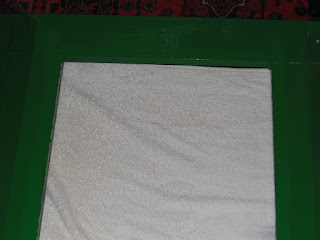 |
| Andy and Ruby, one Triplet short, on the steps of the Overseas League Club, London |
I had arranged to spend a quiet Saturday morning with two of my fellow Triplets, and since my regular club was closed for some ball or other, we had to seek refuge at one of their reciprocal clubs.
There was a selection of four, but three of them were happy to accept us for lunch or dinner, but not just coffee - like what are we, millionaires or something?
However, the Royal Overseas League Club came to our aid, and I cannot praise them enough. I had visited them in 2013, and slagged them off a bit - as per the link below.
http://dblenck.blogspot.co.uk/2013/08/what-to-do-on-rainy-day-little-london.html
However, I am pleased to report that they have since renovated and beautified the premises, and the staff couldn't have been more helpful. If I wasn't already a member at the OCC I swear I would join the ROSL! Lovely lovely club.
We spent a most enjoyable morning, drinking tea/coffee and reading the papers. It surely has to be one of the great little pleasures in life to read the papers in congenial company, sometimes sitting quietly, sometimes sharing little snippets of the printed matter, sometimes having little discussions about an article we have just read.
After a few hours we left the club and had a stroll around Green Park in the afternoon sunshine, before going our separate ways.
That's what Saturday mornings should be like ....
 |
| Just around the corner, nice little drinkery in St James |
 |
| Corner of OCC and ROSL |
 |
| St James's Palace |
 |
| Heading towards St James's Park |
 |
| St James's Park |
















































